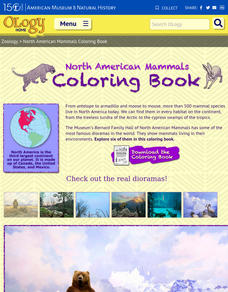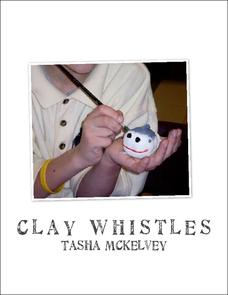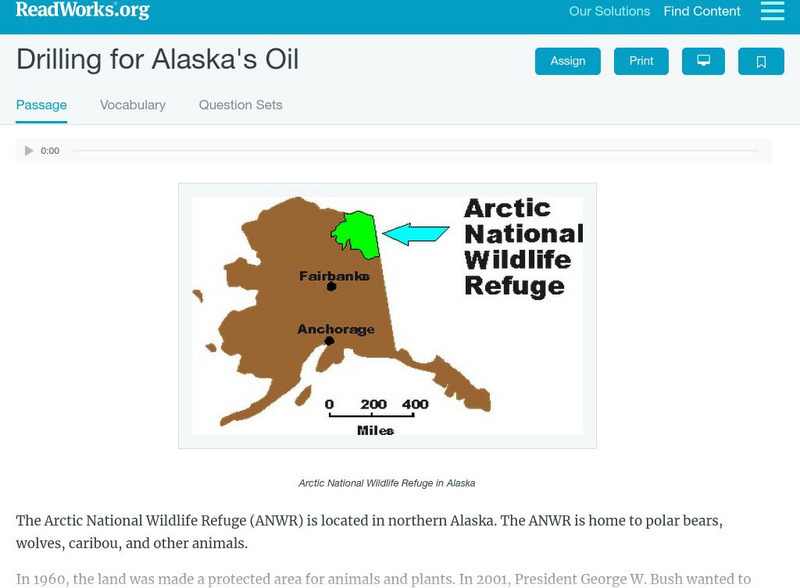Science Matters
Formative Assessment #2
Learners work collaboratively to predict what life would be like as an Arctic Hare. Teams go on a hunt where scholars role play an owl, white hares, and gray hares. Independently, pupils record their findings and reflect on their...
NOAA
Please Pass the Salt
Salinity is the focus of two experimenters that work to answer the question, How does salt change the physical properties of water? Super scientists compare the freezing rate of salt and fresh water, combine the two waters to...
American Museum of Natural History
North American Mammals Coloring Book
Seven pages offer scholars the opportunity to learn about North American mammals and boost their coloring skills. Animals include brown bears, beavers, jackrabbits, wolves, jaguar, and Dall sheep
Prince William Network
The Incredible Journey
Divide your school gym into breeding grounds and non-breeding grounds so that your zoologists can play a game simulating the seasonal migration of shorebirds. Players pick one of the included game cards and follow its directions, which...
Tasha McKelvey
Clay Whistles
Create clay whistles with your elementary or middle school students. The project is outlined in great detail here, complete with step-by-step photographs, finished examples, a materials list, student handouts, and a rubric. Students...
Howard Hughes Medical Institute
Modeling Trophic Cascades
In the ecological game of who eats who, one small change can have a big impact! Individuals create food chains in an array of ecosystems, then determine what happens to organisms in the chain when one organism changes its feeding...
Canadian Museum of Nature
Canadian Museum of Nature: Arctic Hare Origami Figure
Follow these 13 easy steps to create your own origami figure of an Arctic Fox. A finished example is shown. The instructions may be downloaded in PDF format.
Read Works
Read Works: Arctic Life
[Free Registration/Login Required] An informational text about animals that live in the Arctic. A question sheet is available to help students build skills in reading comprehension.
Houghton Mifflin Harcourt
Harcourt: School Publishers: Exploring Ecosystems
Compare and contrast three very different ecosystems - the Sonoran Desert in Arizona, the Florida Everglades, and the Arctic Coastal Plain in Alaska. Learn what makes each of them unique, and about the adaptations plants and animals had...
The Franklin Institute
Missouri Botanical Garden: Ocean Facts
Click on all the links to find out many interesting facts about the ocean. Why is the ocean blue? Why is it salty? Where do most of the animals and plants live? Which ocean is the biggest? The deepest? How much of the Earth is covered by...
Other
Jean Craighead George's Website
This website is about author Jean Craighead George. Offers information on her background, her books, she gives hints about becoming a writer. She also has a question and answer section where she answers questions that people most often...
Read Works
Read Works: Drilling for Alaska
[Free Registration/Login Required] Students read about drilling for oil in Alaska. A question sheet is available to help students build skills in comparing and contrasting.
Other popular searches
- Preschool Arctic Animals
- Math Using Arctic Animals
- Unit on Arctic Animals
- Lesson on Arctic Animals
- Arctic Animals Grade K 2
- Arctic Animals Poems
- Books About Arctic Animals
- Art Arctic Animals
- Graphing Arctic Animals
- Arctic Animals Wheel
- Arctic Animals Word Search
- Arctic Animals Crossword










